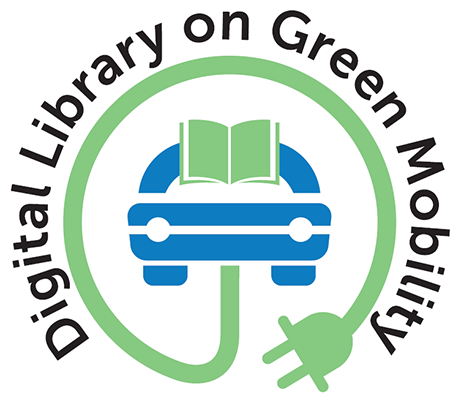Evaluation of E-Scooters as Transit Last-Mile Solution
Publication Year: 2022
Author(s): Zuniga-Garcia N, Tec M, Scott JG, Machemehl RB
Abstract:
E-scooters are a viable alternative for short trips and are especially well suited to address the last-mile transit issue, but it is unclear how they will affect transit. Understanding the e-scooter demand patterns and users’ characteristics is necessary to develop adequate policies and regulations. In this study, the authors consider the problem of modeling the interaction of e-scooters and bus transit services and provide an overview of e-scooter trips and user characteristics. The authors use a revealed-preference survey to evaluate e-scooter usage in one of the highest-demand areas in the City of Austin, corresponding to a university campus. They explore population characteristics, mode shift, and mode interaction. Then, using publicly available datasets, the authors provide a causal analysis to evaluate the nature of the relationship between e-scooter and transit trips in the whole city. Assessing this relationship is challenging because several factors affect the demand for both types of trips (e.g., location of attractive zones), known as confounding variables. The authors develop a methodological framework to isolate the effects of confounding variables on transit trips using a two-stage regression procedure. The first stage aims to isolate confounding variables using a gradient-boosting regression. The second stage models first and last-mile trips using a negative binomial and a zero-inflated negative binomial count model. The university survey indicated that 12 percent of e-scooter users employed transit to complement their trips. Although small in magnitude, the data modeling results show that a statistically significant relationship was found on the university campus and downtown areas, supporting the survey results and extending the analysis to other areas of the city. However, the overall interaction between the two modes has a small magnitude. The proposed methodology can be used to identify areas with potential e-scooter and transit interaction.
Source of Publication: Transportation Research Part C: Emerging Technologies
Vol/Issue: 139, 103660
DOI No.: 10.1016/j.trc.2022.103660
Country: United States of America
Publisher/Organisation: Elsevier Ltd.
Rights: Elsevier Ltd.
URL:
https://www.sciencedirect.com/science/article/abs/pii/S0968090X22001036
Theme: Sustainable transportation | Subtheme: Shared mobility
Related Documents
Reports
Regulating the Future of Mobility
Published Year: 2018
Abstract:
Ride hailing, Bikesharing, Electric vehicles, Self-driving cars, Micro-transit shutt... Read More
Research Papers/Articles

Life Cycle Assessment on the Mobility Service E-Scooter Sharing
Published Year: 2020
Abstract:
As a new transportation option for towns, e-scooters are controversially debated. The ra... Read More
Reports
Evolution of Public Bicycle Sharing Systems (PBS) in India
Published Year: 2021
Abstract:
The report aims to capture recent developments and trends in domain of public bicycle sharing... Read More



